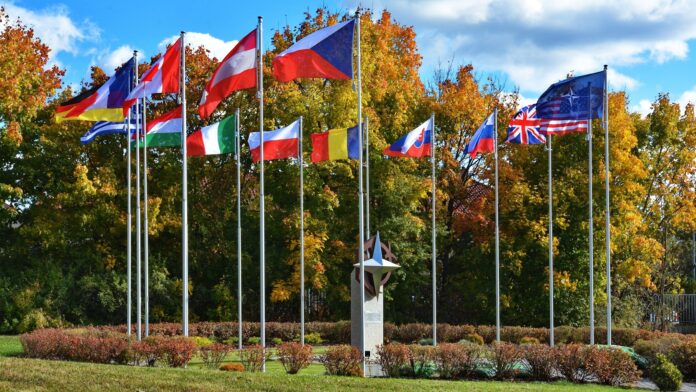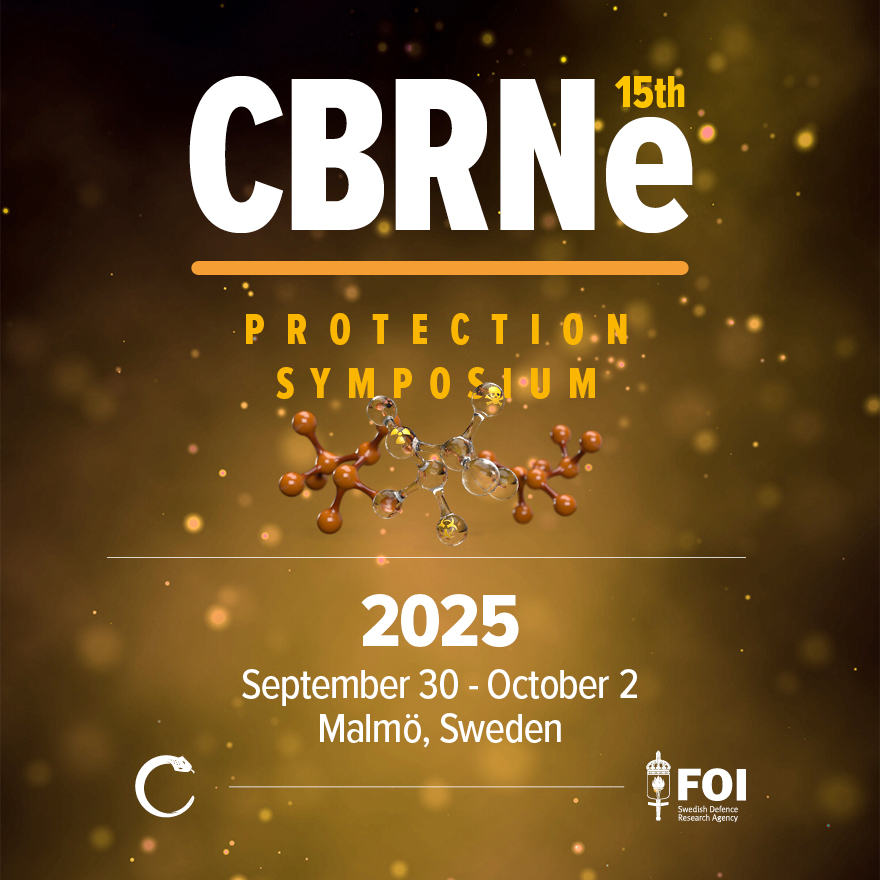By CBNW Magazine
The Director of the JCBRN Defence Centre of Excellence, Col. David Martínek, discusses their work in transforming and improving Euro-Atlantic CBRN preparedness and defense.
Could you share a brief history of the JCBRN Defence COE, and how have its mission and functions evolved since its founding?
The concept of Centres of Excellence (COEs) originated in 2002 with the goal of promoting transformation within NATO, and nations agreed to leverage COEs for this purpose. Given the Czech army’s expertise and experience in CBRN defense, the Czech Republic, supported by Germany, Greece, Italy, Romania, the United Kingdom, Slovakia, and Slovenia, proposed establishing the Joint Chemical, Biological, Radiological and Nuclear Defence Centre of Excellence (JCBRN Defence COE) in the Czech Republic. Consequently, these countries signed a Memorandum of Understanding on October 26, 2006, at ACT Norfolk, USA, to establish and operate the JCBRN Defence COE. Our organization was accredited as a NATO military body in July 2007. In the following years other nations joined the Centre, namely Poland in 2008, Hungary in 2010, the USA in 2011, France in 2013, Austria in 2016, and Canada in 2018.
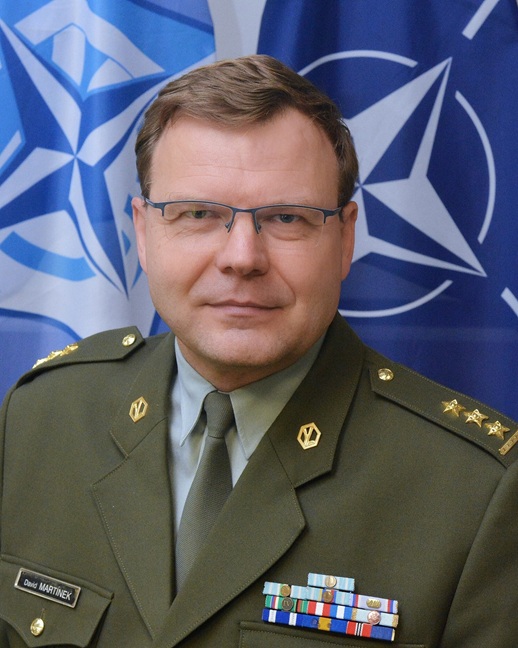
While our mission remains consistent, we are continually evolving and expanding our functions and capabilities. In 2016, we introduced operations support and the CBRN Reachback function. Additionally, we support civil-military cooperation and EU-NATO cooperation; we have implemented a technology watch capability to monitor and understand emerging and disruptive technologies and their potential impact on capability development.
Enhancing interaction with industry has been crucial for us. We regularly invite industry representatives to meet our experts, providing opportunities to learn about new products and technologies. This fosters dialogue with industry and enhances understanding of future requirements and capability development. One notable initiative is our new project, Industry Integration Days, which combines exercises and workshops. This project brings together companies producing CBRN equipment with CBRN units to introduce new equipment, test it against defined scenarios, and gather user feedback. It also helps industry better understand new requirements. Additionally, our engagement in NATO Science and Technology Organization research projects has been increasing.
What unique contributions does the JCBRN Defence COE make to improve global CBRN preparedness and response?
The primary mission of the JCBRN Defence COE is to support NATO’s transformation efforts. This support is provided in four key areas: doctrine development and standardization, concept development and experimentation, analysis and lessons learned, and education, training, exercise, and evaluation. Additionally, we provide operations planning support and CBRN defense scientific and technical assessment and analysis.
Our organization’s unique character provides exceptional opportunities for both NATO and the CBRN defense community, leveraging our expertise, knowledge, and a degree of independence. While we continue to support current activities, our focus is also on the future. This requires us to stay ahead of developments in various fields, such as technology and its impact on capability development, encompassing the entire doctrine, organization, training, material, leadership, personnel, facilities, and interoperability spectrum. With this forward-looking approach, we aim to make a significant impact to enhance CBRN defense capabilities.
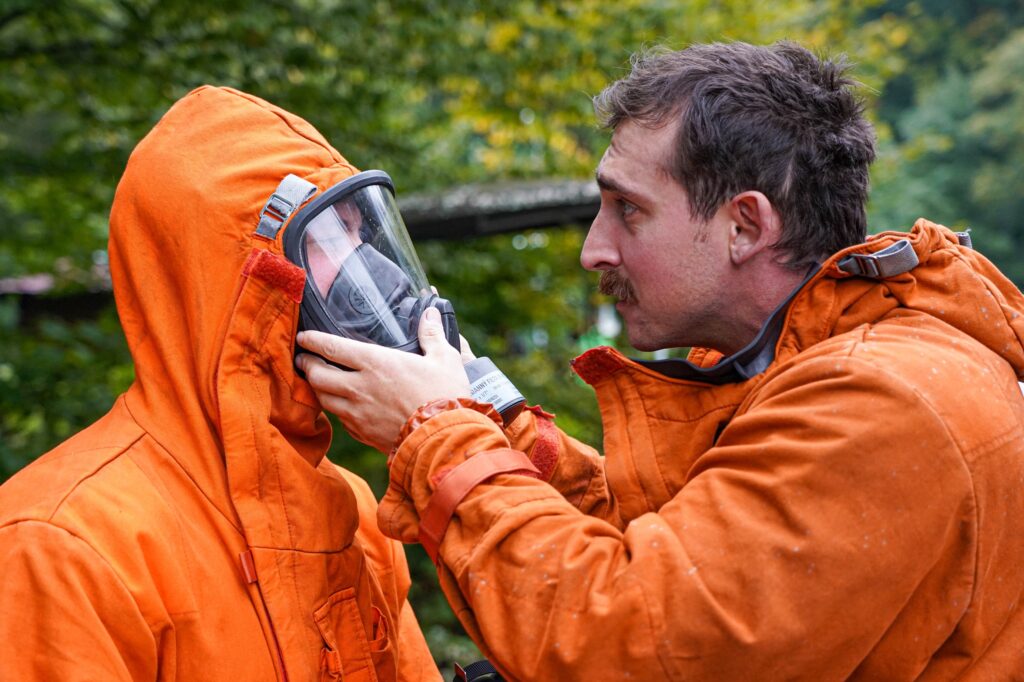
The JCBRN Defence COE offers training, research, and doctrine development. Which recent trainings and initiatives are particularly noteworthy?
When it comes to training, in addition to offering courses to NATO, we also support NATO Capacity Building by providing courses for NATO partners. We can deploy a mobile team to specific countries or host students from those countries here in Vyškov. All these activities are conducted based on NATO requests and must be coordinated through NATO HQ in Brussels, Belgium.
Recently, we sent a mobile team to Kuwait to organize a CBRN awareness course for first responders at the NATO-Istanbul Cooperation Initiative Regional Centre. This same course has been organized for countries in the Middle East and North Africa. We have also organized a training for Jordanian and Ukrainian first responders to CBRN incidents. Additionally, students from NATO partner countries participate in our residential courses.
One unique feature of our courses is support for civil-military cooperation, allowing civil emergency workers to participate in some of our courses. This creates opportunities for both parties to meet, discuss, and exchange experiences and knowledge during the course. Furthermore, we have excellent cooperation with the Czech firefighters’ training facility in Brno, enabling participants to train in various scenarios in a real environment with buildings and simulated chemical leaks during the practical part of these courses.
In what ways does the JCBRN Defence COE collaborate with NATO allies and international partners? How does this cooperation enhance global readiness against CBRN risks?
We have an extensive outreach program of cooperation with NATO Allies, partners, and other organizations, including industry. Collaboration with NATO allies and partners is coordinated through NATO. Indeed, our sponsoring nations and contributing partners have direct access.
In addition to our regular tasks, such as courses for NATO partners, industry interaction, and civil-military cooperation, I would like to highlight our cooperation with academia, including universities and research institutes. In 2018, we initiated our internship program and established cooperation with The Hague University of Applied Sciences to provide opportunities for students. Since then, the program has expanded and is now open to others. We announce internship offers on the Centre’s website, and we publish their products such as study papers and analyses there.
We also engage in activities with the EU, EDA, and UN and we actively participate in EU projects eNOTICE 2 and eNOVATION. Our outreach is a crucial tool for interacting and collaborating with other bodies and organizations to ensure coordination and a united approach to capability development.

How would you assess the current global CBRN threat landscape, both from state actors and non-state actors?
The current world is highly complex. While we often describe it as unpredictable, it is not entirely so. Both state and non-state actors have specific interests and goals, sometimes using weapons of mass destruction or CBRN materials as tools to achieve them. The decision to use these tools is driven by their efficiency and availability, which are enhanced by technologies offering almost limitless opportunities, directly impacting the CBRN environment and threat landscape.
After the Cold War, we believed these weapons were a thing of the past, with chemical weapons slated for destruction or a ban on nuclear tests and other conventions and treaties. However, 30 years later, we have witnessed the use of chemical weapons, the assassination of individuals using chemical and radiological substances, and the use of nuclear weapons to exert pressure on governments for geopolitical and political objectives. Additionally, factors such as climate change and emerging technologies pose significant challenges in the CBRN defense domain. Given the current geopolitical situation, I believe this area remains and should continue to be a concern.
There is currently much discussion about the opportunities and risks posed by artificial intelligence to a spectrum of CBRN-related issues. What opportunities and risks do you see artificial intelligence offering and posing in the near future?
AI is a relatively new phenomenon that we need to understand thoroughly. AI can provide opportunities and at the same time creates threats and challenges. The biggest challenge could just be understanding it. Without a proper understanding we cannot reap its benefits or effectively address its threats.
Although it is difficult to cover this topic in one paragraph, here are some key points. AI can significantly reduce the time needed to evaluate the CBRN environment by processing, evaluating, and sorting data to create assessments and provide relevant information. It can help develop new decontamination mixtures, vaccines, and antidotes, design new materials, and support decision-making processes.
However, AI can also be used by our adversaries to develop new chemical or biological agents, to shorten or simplify the synthesis process of these agents, or to provide guidance and advice on their possibly malicious use thanks to publicly available resources.
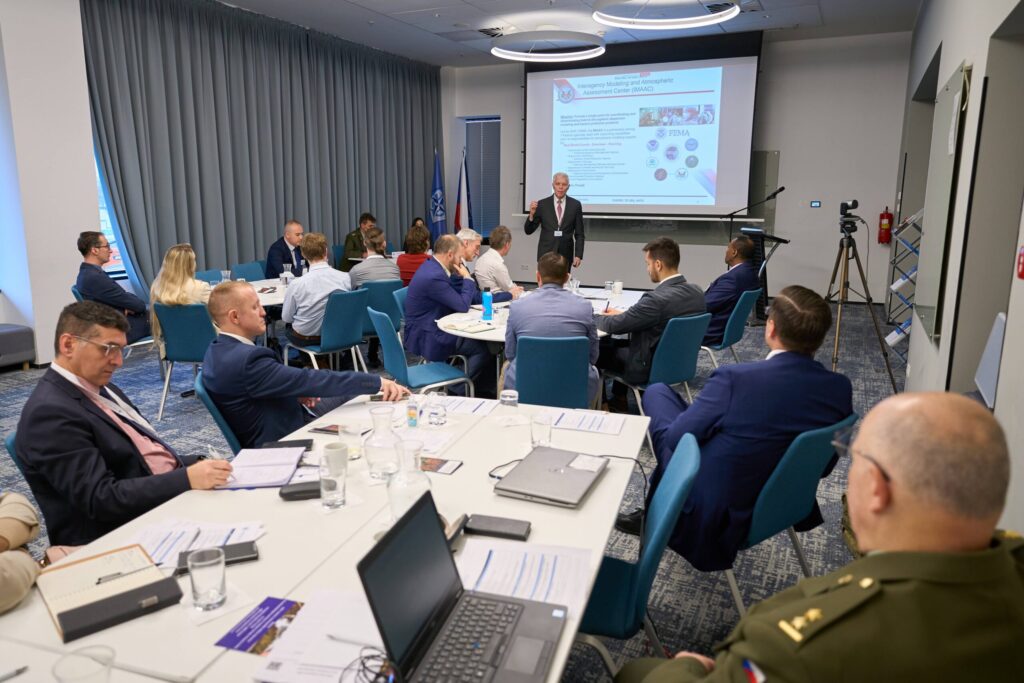
What do you see as the biggest challenges and opportunities for the JCBRN Defence COE in the next decade? How will the Centre adapt to evolving CBRN threats and technological advancements, such as that of artificial intelligence?
I would say that the biggest challenge for the Centre is to keep pace with overall development, not just in CBRN defense. We are witnessing significant changes and shifts at geopolitical, organizational, and cognitive levels. As an organization, we must understand and adapt to these changes to ensure that we provide services and products at the required level. Many areas influence not just CBRN defense per se but also the JCBRN Defence COE’s modus operandi.
Another major challenge the COE faces is competition for resources, particularly in terms of expertise. Experienced and skilled personnel are invaluable. Without experts, the Centre would be just an empty shell. Therefore, I would like to thank all our sponsoring nations and contributing partners for their long-term support, and I would like to encourage other NATO allies and partners to consider joining our JCBRN Defence COE family.
Colonel David Martínek is the Director of the Joint CBRN Defence Centre of Excellence (JCBRN Defence COE), Vyškov, Czech Republic. His work experience covers CBRN defense positions from tactical to a strategic level. His experience includes deployments in the NATO operation ISAF in Afghanistan in 2008 and EU operation ALTHEA in Bosnia and Herzegovina in 2011. Between 2014 – 2017 he served as the CBRN Defence Policy Staff Officer at SHAPE in Belgium. Col. Martínek holds a bachelor’s degree in theory of control and combat use of combat units as well as a master’s in military chemistry.


